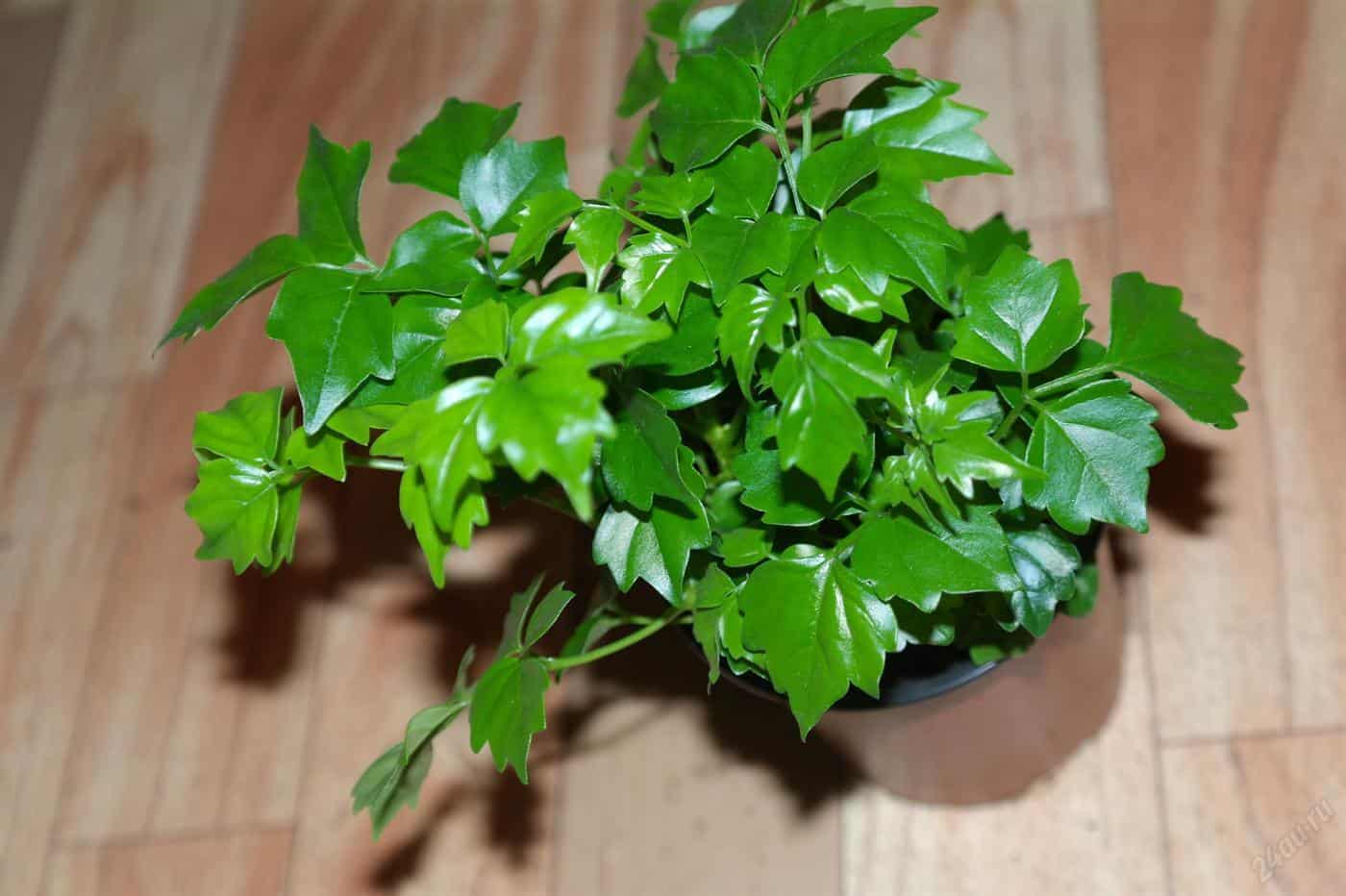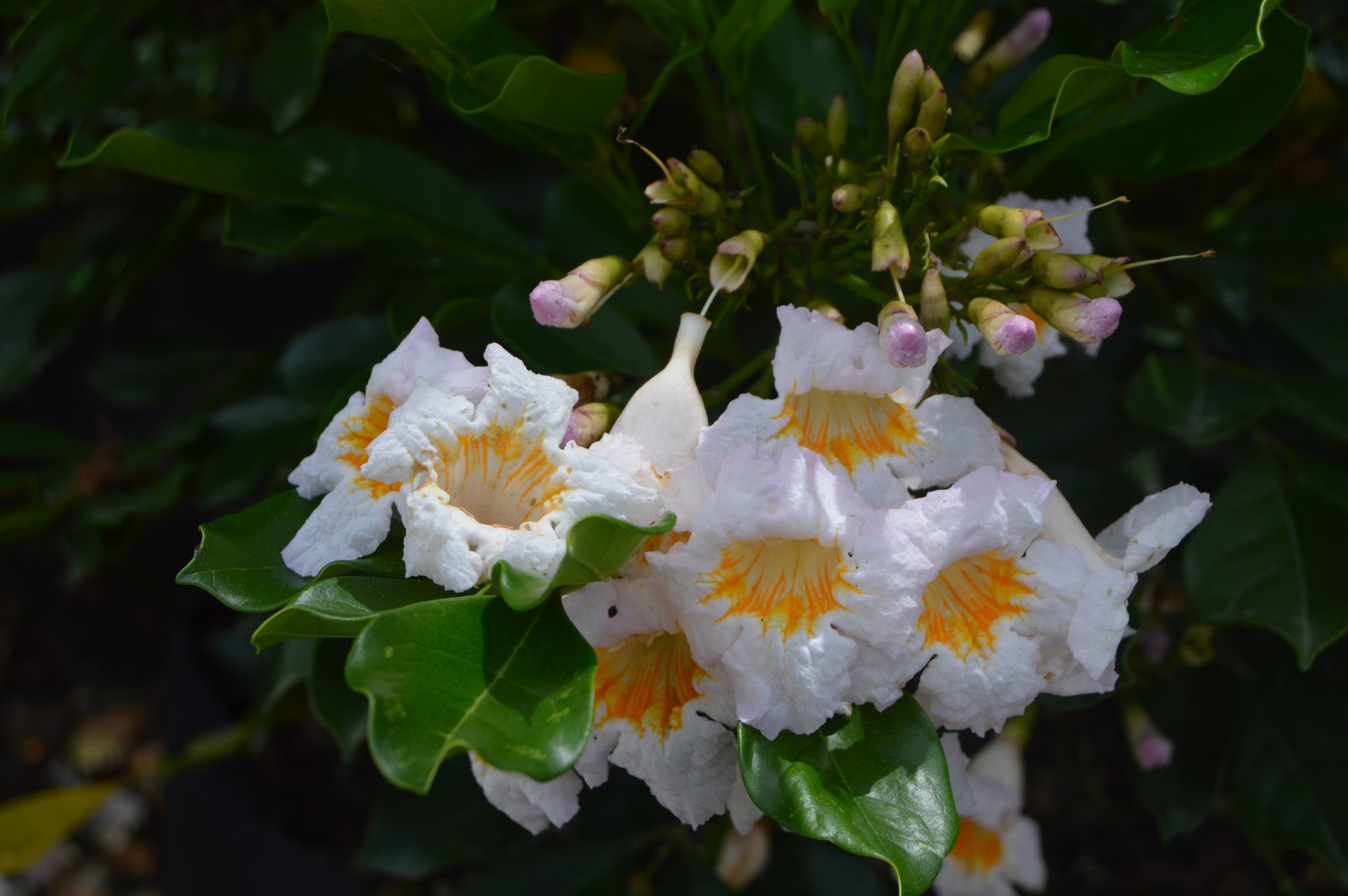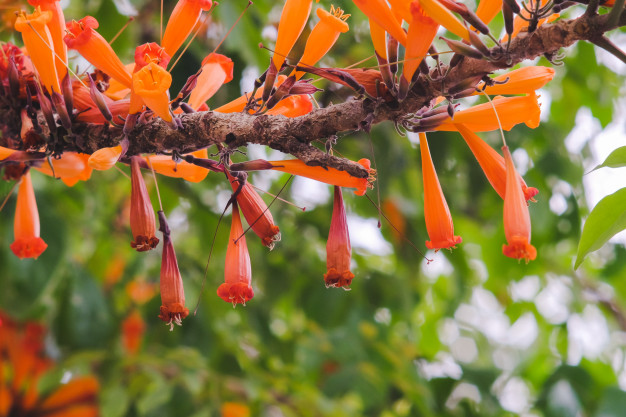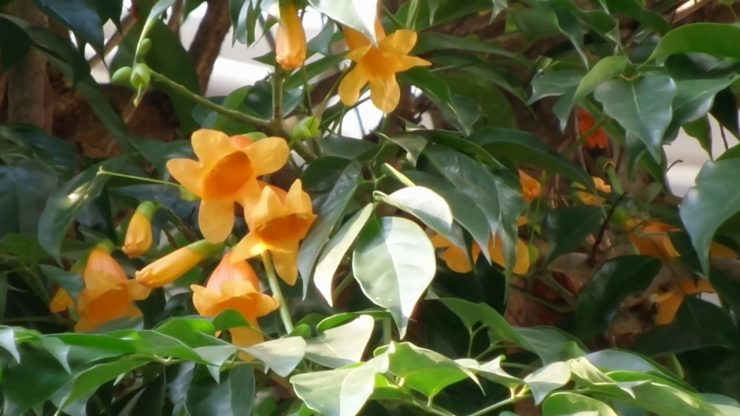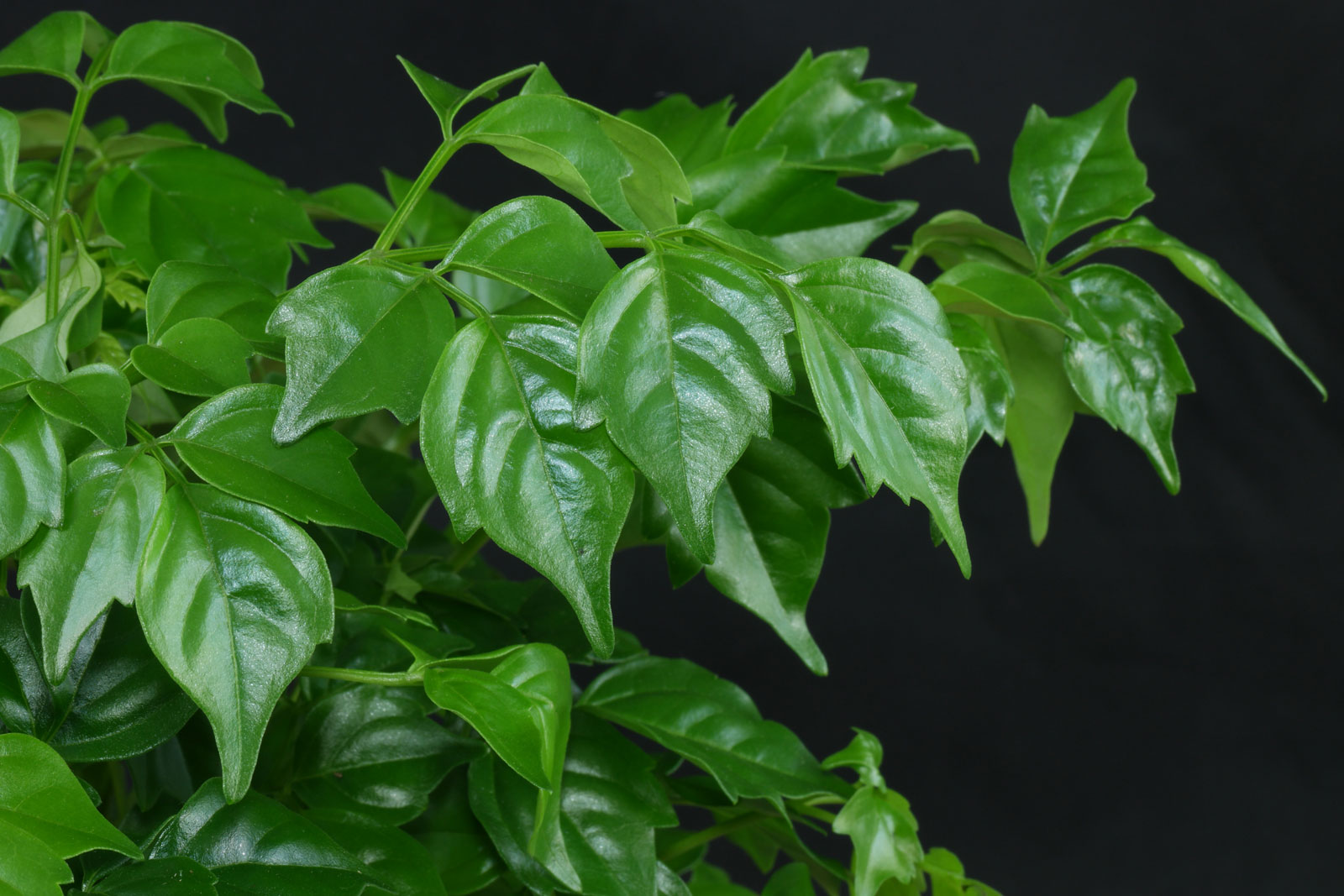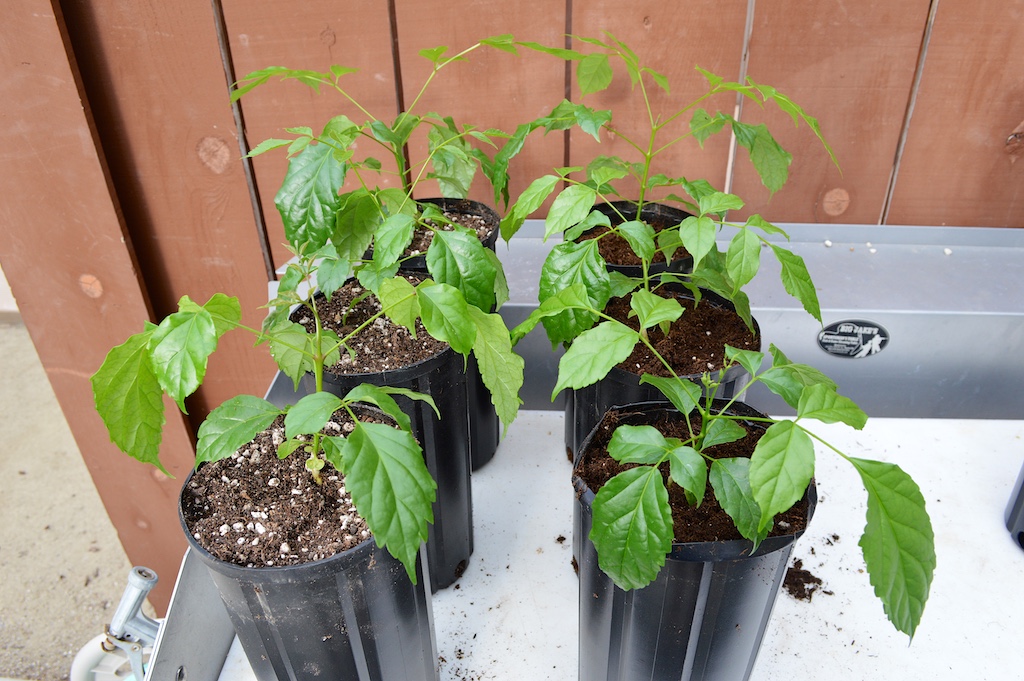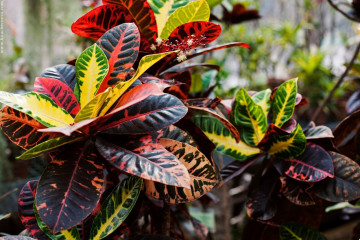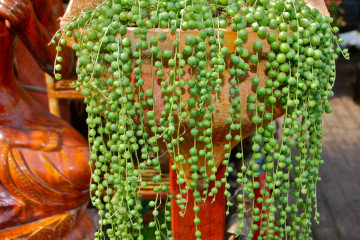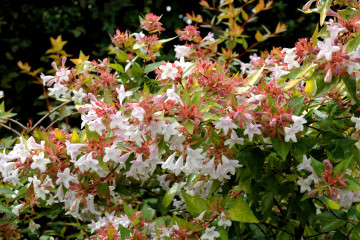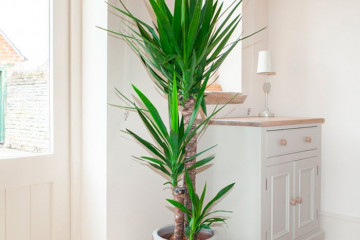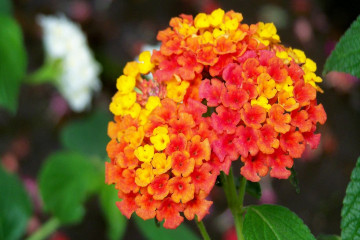Radermacher: home care and breeding methods
Content:
One of the great ways to decorate a room, to make the air fresher and the atmosphere cozy is to place a few plants. Among the small indoor trees, especially popular with flower growers, one can distinguish the radermaker. She became popular among the people under the names "home ash", "snake tree", "Chinese doll". Let's take a closer look at what a radermacher's flower looks like, study its description and care features.
What does a radermaker look like, what family does it belong to
In the wild, the radermacher is a tall, up to 40 m, tree with several trunks and a spreading crown. The diameter of the trunk can reach 1 m. Its leaves are large (up to 70 cm in length and 20 cm in width), bright green, with a smooth surface and large teeth along the edges.
This plant blooms in the warm season, and flowers bloom only at night. They are located either on the trunk or in the axils of the leaves of the tree. The buds resemble bells in shape, but are painted in pale yellow, cream, white or orange. In nature, they give off a pleasant scent, reminiscent of the smell of cloves.
For indoor cultivation, an indoor, dwarf radermacher is used. The Chinese variety of this plant reaches a height of only 1-2 m, but at the same time it still has the same bright, beautifully shaped leaves and a lush crown.
Common varieties
Radermachera (in Latin Radermachera) belongs to the bignonium family and has about 17 different species.
The most common types of radermacher:
Kunming
Thai variety that begins flowering at a height of half a meter. Its flowers are painted in a delicate milky color with yellow cores. It can be found in private gardens in tropical countries.
Ignea
Another variety is native to Thailand. The tree is better known as "jasmine", reaching a height of 20 meters. Differs in a very unusual and bright flowering - fiery red flowers bloom right on the trunk of the plant.
Ramiflora
It grows exclusively in the tropics of the island of Borneo. It has an impressive height of up to 30 m, and a relatively narrow trunk up to 30 cm in diameter. The flowers of the tree are large, with a soft orange hue. Leaves with a grayish tint.
Xylocarpa
This is an Indian tree species. It has delicate white flowers that grow densely on the trunk of the plant;
Chinese
A popular type of room radermacher. The Chinese pupa belongs to long-lived plants - under natural conditions, the age of trees reaches 25-30 years. And in indoor conditions with proper care, it will delight you for decades.
The history of the appearance of the species
The radermacher gained universal fame and distribution relatively recently - at the beginning of the twentieth century. Jacob Radermacher, a famous botanist of that time, found it in Taiwan, described it and opened it to the whole world. The tree was named after the scientist.
Radermacher: home care
Care will require certain skills, refers to tropical plants. This means that he needs to create suitable conditions for lighting, temperature and humidity in the room.
It is difficult for a heat-loving plant to adapt to the weather conditions of central Russia, and therefore, in the cold season, one should be more careful about the conditions of its maintenance.
Temperature
In the warm season - from 20 ° C to 22 ° C. In autumn and winter - around 18 ° C, not less than 10 ° C. It is important that there are no drafts and sudden temperature changes during the day.
Lighting
A bright, but diffused light is required. Do not allow direct sunlight to fall on the leaves. An excellent location option would be a southwest or southeast window. In winter, it is important to provide lighting to the plant using special phytolamps.
Watering
For watering, you need to defend the water, its temperature should be close to room temperature. Throughout the warm season, watering is carried out abundantly, as the substrate dries out.
During the dormant period (in winter), watering is necessary only a day or two after the soil has dried, but the amount of moisture is gradually reduced in autumn.
Waterlogging of the substrate must not be allowed - this will lead to the death of the roots, the branches will begin to dry rapidly.
Air humidity
Radermacher adapts well to dry air. But for active growth and saturation of the leaves with greenery, experts recommend periodically sprinkling the crown of the tree with settled water in the summer.
Once a week or two, you can arrange a warm shower for the tree. In this case, it is important to cover the ground with a waterproof material, for example, polyethylene.
Priming
Substrates for roses, palms and other ornamental flowering plants are excellent for growing and maintaining a room radermaker.
The soil should be loose, air and moisture permeable. The ideal composition is one part of peat, one part of humus and two parts of sod-deciduous land.
Top dressing
In the growth stage, the plant requires active feeding. For this, mineral products diluted with water in a ratio of 2 g per 1 liter are suitable. A balanced feeding should be applied every two weeks, one day after watering. In winter, while maintaining a temperature of -20 ° C, no fertilizing is required for the flower.
Radermacher is not a particularly whimsical flower. It is easy to grow on insulated glazed loggias, but in a room with sufficient natural light, it can grow into a lush dwarf shrub.
Too small a container will harm the root system, the tree will stop growing. But the large volume of the tub will lead to stagnation of moisture and leaf fall afterwards.
Reproduction methods
Radermacher reproduces in two ways - vegetative or generative. Reproduction at home is most often carried out by the second of them, since seeds can be obtained only after flowering (and, as noted above, it does not occur in a Chinese tree variety).
Seed propagation
The seeds of this lush tree can be purchased at some gardening stores. But it is worth considering that it will take a long time for a radermaker to grow from scratch.
How to plant seeds:
- Place the seeds on the ground at a distance of a couple of cm from each other.
- Spray the seeds from above with a spray bottle.
- Create a greenhouse - cover the container on top with foil or glass.
- Leave for up to two weeks in a room with a temperature of 20-23 ° C.
- As soon as shoots have appeared, remove the greenhouse.
- After two to three weeks, transplant each sprout into a separate pot.
It is still better to buy ready-made sprouts - their price starts from 500 rubles for a young tree.
Reproduction by layering
This method is more suitable for experienced florists. It is important to reproduce the radermacher at home with layering as carefully as possible so as not to harm the mother plant.
How to make layering radermakers:
- Make an incision in the main trunk.
- Insert a small stick into it so that the incision does not overgrow.
- Attach peat moss to the outlet.
- Create a greenhouse effect in this place with polyethylene.
- Do not forget to ventilate the incision area and spray the moss daily.
- As soon as the roots cover the entire surface of the film, the cuttings must be transplanted.
It is necessary to separate the layers with extreme care, without damaging the tree trunk and the root system of the young.
Propagation by cuttings
This method is the fastest and most hassle-free. Even beginner gardeners can cope with it.
How to separate the stalk:
- A shoot is selected with at least 1 leaf and 1 knot.
- At the beginning of summer, a stalk about 10 cm long is cut off.
- A piece is planted in a mixture of sand and peat, covered with a greenhouse.
- Daily ventilation and humidification from a spray bottle is important.
- After the appearance of full-fledged roots, the process is deposited in the ground.
Such an exotic plant can be grown not only for your own use. Adult trees in horticultural markets cost 1500-2000 rubles.
The bright green leaves of the radermachers will be able to cheer up anyone in the room. With a long-term presence of a plant in the room, the air in it is purified, it becomes fresher.
* Prices are valid for July 2019.
